November 18, 2020 7 Comments
With so many different names for the most popular roast types, it’s easy to get confused and grab a random bag of beans without really knowing what we’re brewing. Popular misconceptions don’t help: a darker roast surely has more caffeine, right? Well… no, actually. So, what’s the real difference between light, medium and dark roast? It certainly goes beyond the beans’ color.
Understanding the difference between light, medium and dark roast coffee
The difference between light, medium and dark roast is directly proportional to how long the beans have been roasted for. In order for the green seeds to turn into the brown beans that we know, they undergo chemical and physical transformations: the heat generated during the roasting process reduces their water mass, produces gases, makes them more soluble, releases oils, and changes their color. This obviously affects the final flavor and aroma, resulting in different types of roasts.
Light roast coffee

Light-roasted beans have a pale brown color and no oil on their surface. They usually reach a temperature of 356-400°F and what is known as the ‘first crack’, which means that the beans have popped and expanded.
Because they’re roasted for less time, they keep more moisture within them: since they’re denser, this actually results in more caffeine than darker roasts!
As for the best part—flavor—they preserve the unique characteristics and nuances of the bean: thanks to their high acidity (which sounds like a negative connotation, but refers to the range of flavors derived from acids), they’re fruity, bright and vibrant. Their body, however, will be more mellow and thinner than darker roasts.
Light roasts can also be spotted on labels as light city, cinnamon roast or New England roast.
Our light roast coffee consists of high-quality beans from Columbia and Honduras, and is bound to enchant you with its distinctive aroma.
Medium roast coffee

These beans present a darker brown color and can look slightly oily. They’re roasted at 400-430°F and beyond the first crack, but without reaching the second.
While some acidity and brightness are lost, this still allows them to keep many of their unique characteristics, and they tap into the sweetness of longer roasts. The result? A balanced and well-rounded profile with medium acidity and a fuller body.
They’re also known as regular or ordinary roast, American, breakfast or city roast.
Our medium roast coffee is a blend of Central and South American beans which ensures the most enjoyable bold flavors.
Dark roast coffee

Dark brown and with a shiny surface that can even leave oily traces when you touch them, these beans don’t retain many of their natural characteristics, but they’re far from bland!
What they lose in acidity, they compensate for in body: they result in deeper and darker flavors, with sweeter chocolaty or caramel-like tones.
They reach between 430 and 450°F as well as (often) the famous second crack. Because they lose more moisture than the previous roasts, they’re less dense and, consequently, slightly less caffeinated, but only if you measure them by the scoop.
You can also find them labeled as full city or Vienna roast.
Come to the dark side! Our dark roast coffee uses the best Indonesian beans to bring you full-bodied rich tastes.
Other types of coffee roasts
Once you go beyond the second crack, you can pretty much say goodbye to any of the natural characteristics of the beans’ origin. That’s why specialty roasters tend to avoid them! As, historically, these very dark and oily roasts have been popular in European countries, they’re also called French, Italian, Spanish or continental roasts.
Now that you know the difference between light, medium and dark roast, we hope it’ll be easier to find the coffee beans that suit your palate the most.
7 Responses
Nancy Stewart
April 28, 2023
I drink a lot of coffee! I’m a light roast fan, but I didn’t really know why. Now I do! Thanks for giving the other ways a light roast can be named. Now I won’t feel like an idiot when I go to specialty coffee shops. Great information!
Panda
December 21, 2022
Thanks for breaking down the basics of the different coffee types – very helpful.
Angela Hudnall
December 07, 2022
This was great information to have and straight to the point; easy to comprehend. Now I know what to REALLY look for in my coffee(s). Thank you!!
Rick Schultz
May 30, 2022
Very informative, this information was complete reversal of what IThought.
Gregg
May 24, 2022
This was very informative. Now I have a start of coffee knowledge.
James W Scott
April 13, 2022
Very good presentation. Thanks.
Leave a comment
Comments will be approved before showing up.
Also in Fire Department Coffee News
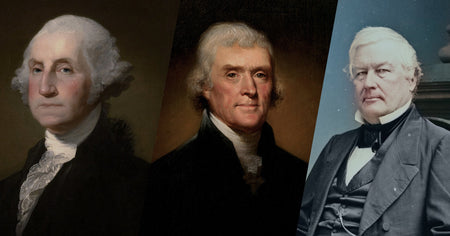
Celebrating America’s Firefighting Presidents

Fire Department Coffee and Kidde Working Together to Promote Fire Safety
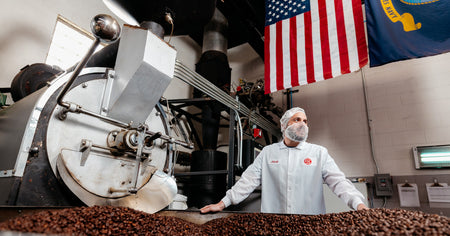
From Barista to Coffee Expert: Fire Dept. Coffee's Jacob Ball Brews Success
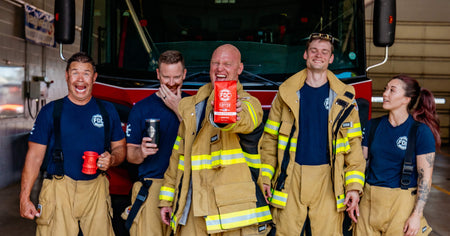
Get to Know the Hilarious, Hardworking Team Behind FDC Videos
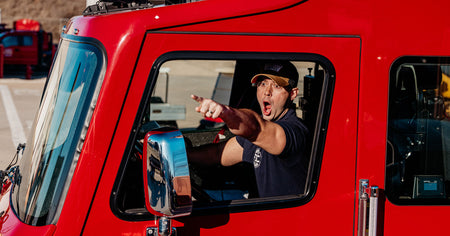
From Fan to Family: How Lance Woodruff Became an FDC Star

Marine, Musician, Firefighter: Josh Kennedy is Doing It All
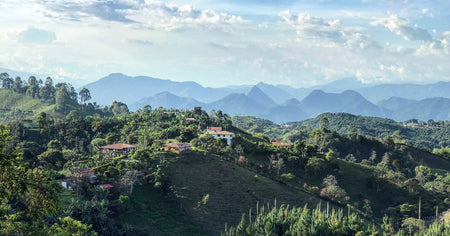
January's Coffee of the Month Club Kickstarts a Journey to 100% Direct Trade Coffee
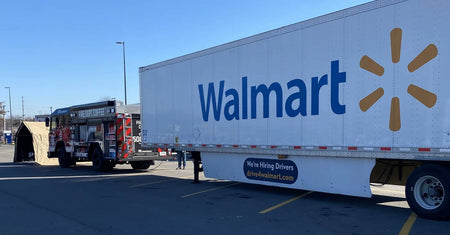
FDC Mobilizes Rosenbauer Fire Truck for Tennessee Tornado Relief
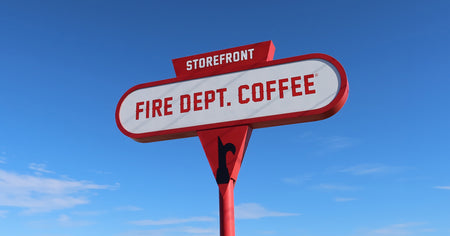
Fire Dept. Coffee's First Retail Shop Opens in Rockford, IL
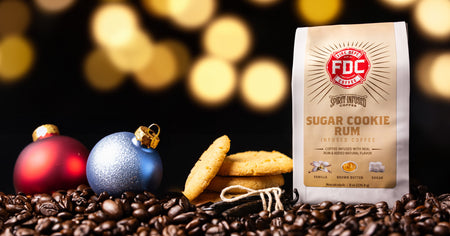
Sugar Cookie Rum Infused Coffee - Spirit Infused Coffee Club

Fire Dept. Coffee Bound for Walmart Shelves After Open Call Event

Raising Our Mugs for Firefighter Appreciation Month
FOLLOW OUR JOURNEY, GET SPECIAL OFFERS AND PROMOTIONS
- SPIRIT INFUSED COFFEE
- Bourbon Infused Coffee
- Whiskey Infused Coffee
- Rum Infused Coffee
- Tequila Infused Coffee
- Spirit Infused Coffee Club
- Spirit Infusion Process
GEAR
© 2025 Fire Department Coffee, Inc.












Sam Manzano
May 23, 2023
I am a 55 year old Hispanic male and as much as I love coffee it has never been explained so simple and so informative as it has been explained here. Thank you so much